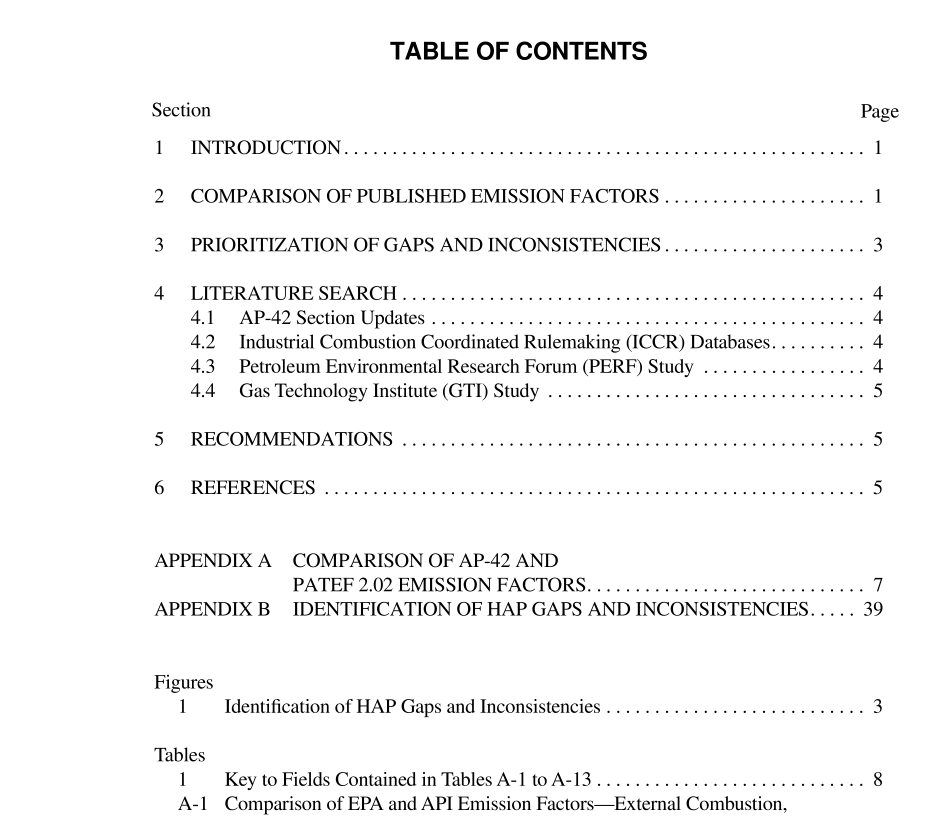API RP 2009 pdf download

API RP 2009 pdf download.Safe Welding, Cutting, and Hot Work Practices in the Petroleum and Petrochemical Industries
1.2 SCOPE
This recommended practice provides guidelines for safely conducting welding, cutting or other hot work activities in reÞneries, gas plants, petrochemical plants and other facilities in the petroleum and petrochemical industries. It includes speciÞc guidance to evaluate procedures for certain types of work on equipment in service. Not included in the scope are: a. Guidance for compliance with regulations or codes. b. Hot tapping (it is the subject of API Recommended Prac- tice 2201 Procedures for Hot Tapping on Equipment in Service ). c. Welding techniques, craft skills or qualiÞcation of welders. d. Normal Òsafe workÓ practices such as fall protection, PPE, slip/trip/fall, etc. e. Entry or work in inert environments (see API 2217A). The principles and resources provided in this document are widely applicable. Some activities (such as oil drilling or off- shore operations) may be subject to speciÞc regulations or unique work requirements which should be considered when developing welding and hot work programs. While personnel doing welding and other hot work require a high degree of skill and shall be qualiÞed for the work they are doing, the qualiÞcation of personnel falls outside the scope of this document. API 2009 intends to maintain consistency and compatibil- ity with ANSI/AWS Z49.1 which provides much more detail on welding equipment, PPE and certain procedures and NFPA 51B that focuses on Þres and explosions with guidance covering a broad spectrum of applications including struc- tures. Additional guidance relating to welding equipment, techniques, processes and testing used in the chemical, oil, gas and pipeline industries is provided by API RP 582, API Std 1104 and API RP 1107.
1.4 CONCEPT OF HAZARD VS RISK
Hazards are properties of materials with the inherent abil- ity to cause harm. Flammability, toxicity, corrosivity, and stored chemical or mechanical energy all are hazards associ- ated with various industrial materials. Risk requires exposure. A hot surface or material can cause thermal skin burns or a corrosive acid can cause chemical skin burns, but these can occur only if there is contact exposure to skin. There is no risk when there is no potential for exposure. Determining the level of risk involves understanding haz- ards and estimating the probability and severity of exposure that could lead to harm. While the preceding examples relate hazards to the risk to people, the same principles are valid for evaluating property risk. For instance, hydrocarbon vapors in a ßammable mixture with air can ignite if exposed to a source of ignition resulting in a Þre that could damage property.
Terms used in this publication are deÞned in this section. 3.1 acute hazard: Capable of causing effects occurring from exposure over a short time, usually within minutes or hours. An acute exposure can result in short-term or long- term health effects. 3.2 chronic health hazard: Capable of causing adverse health effects resulting from exposure over a long period of time (often at low-level concentrations). 3.3 competent person: A person identiÞed by the employer as being capable of identifying existing and predict- able hazards in the surroundings or working conditions which are unsanitary, hazardous, or dangerous to personnel, and who has authorization to take prompt corrective measures to eliminate them (OSHA 1926.32). The concept of Òcompetent personÓ is performance-based relative to the context of the work to be done. 3.4 confined space: An enclosure with known or poten- tial hazards and restricted means of entrance and exit, which is not normally occupied by people, and is usually not well venti- lated. Examples of conÞned spaces in the petroleum industry include: process vessels, vessel tower skirts, ßare stacks, boil- ers, storage tanks, tank cars and trucks, vaults, large-diameter piping, and under certain circumstances, spaces located below ground level, such as pits (OSHA 1910.146). 3.5 exposure limit: For chemical agents, a measure of the maximum airborne concentration limits for toxic sub- stances to which workers may be exposed without protection (e.g., respirators). Exposure limits are usually expressed in parts per million or milligrams per cubic meter. Material Safety Data Sheets (MSDSs) from the manufacturer or sup- plier of the material should list exposure limits.









